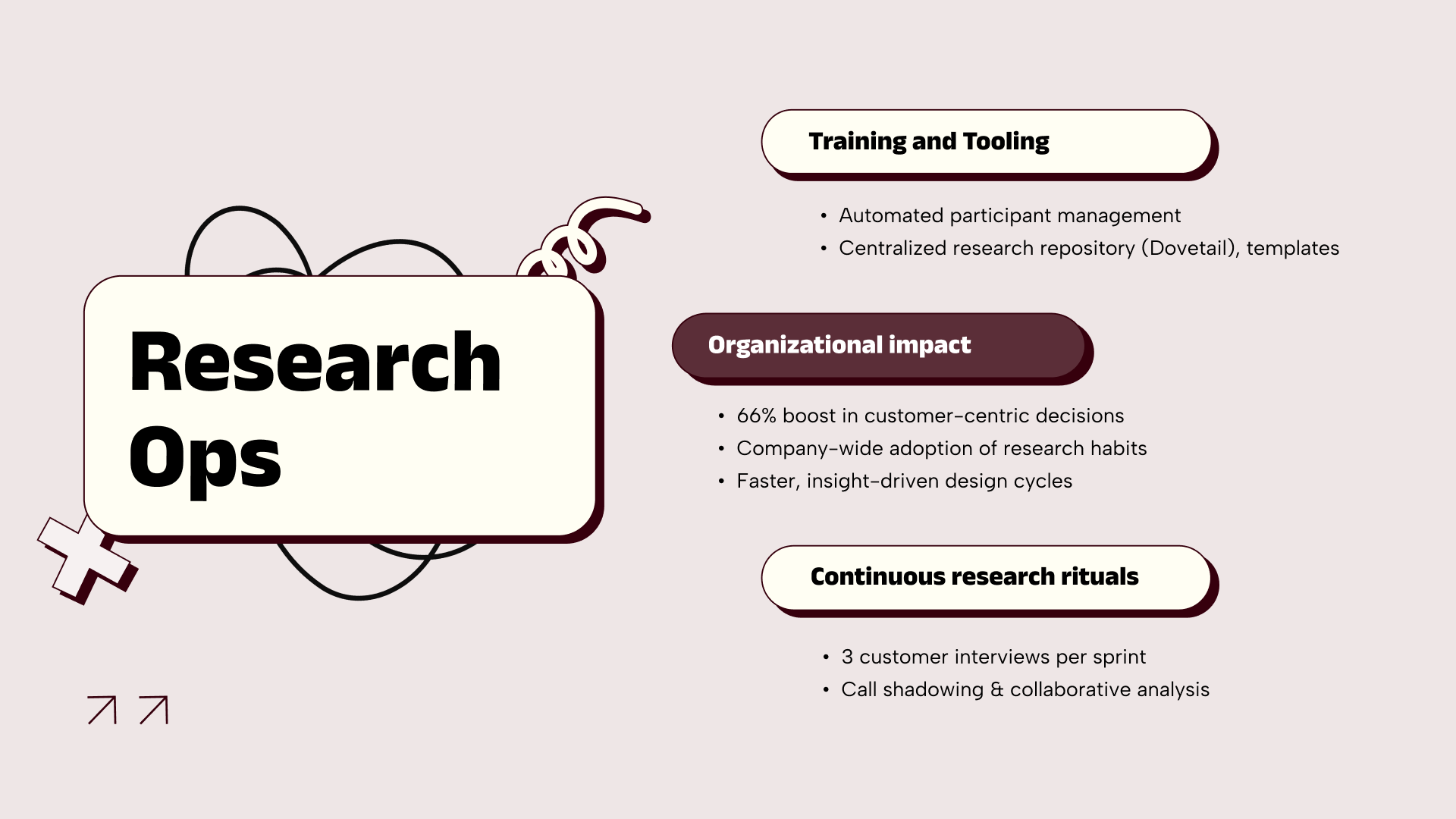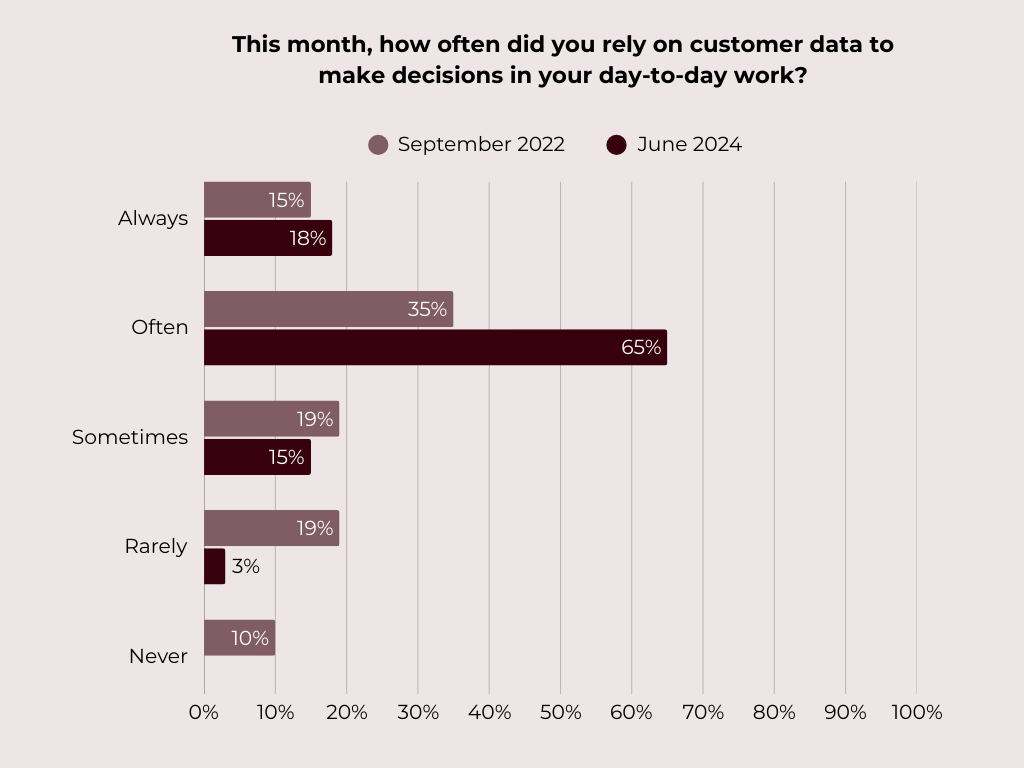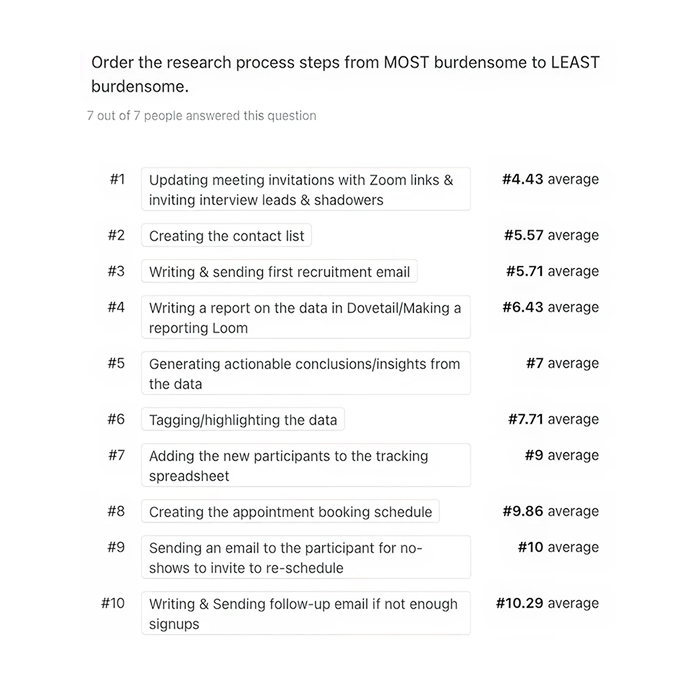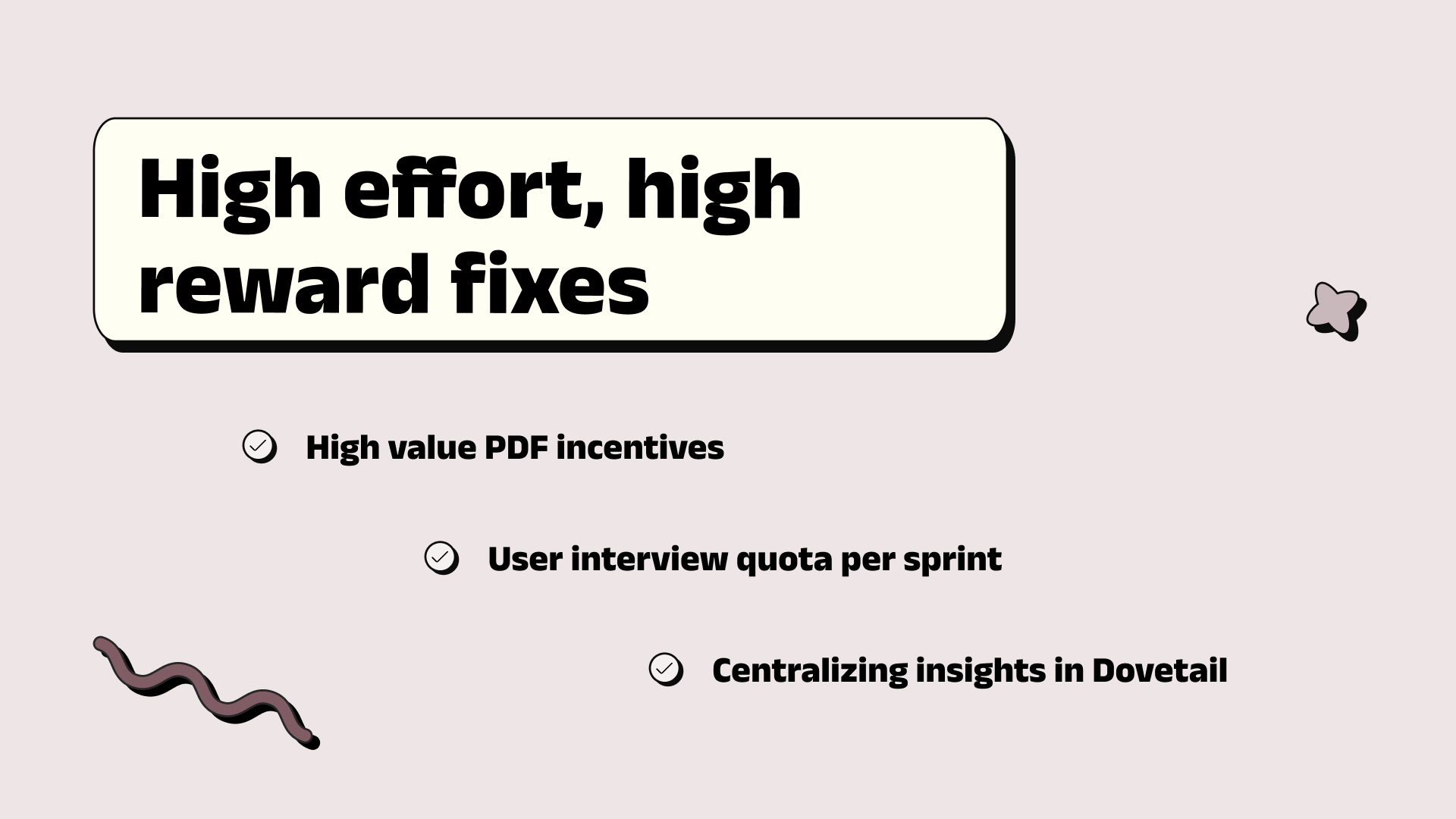From two teams to company-wide change
At first, the project focused on two teams. The goal? Help them run frequent user research for six months.
But momentum built fast. The success of these teams in integrating research made it clear: this needed to scale across the entire company. I've seen this pattern before in change management: starting small, proving value, and expanding only when the results speak for themselves.
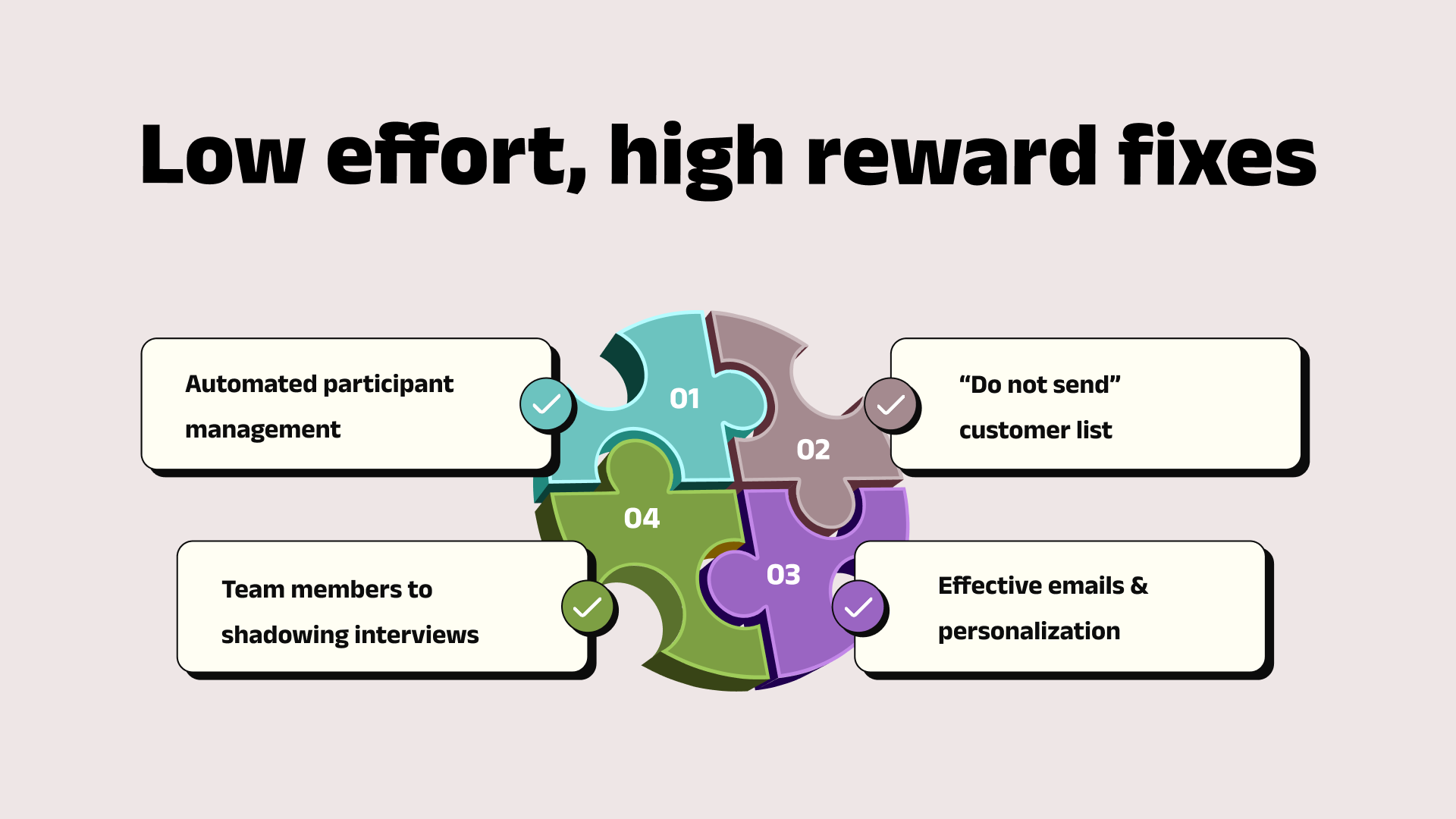
Participant management was a time sink, so I automated it
Research teams spent hours securing interviews, distributing them, sending reminders, and handling incentives . To cut down on manual work:
- I introduced Calendly Round Robins for seamless scheduling.
- I collaborated with a designer to create email templates for research invitations and thank-yous.
- The result? Less time wasted on logistics, more time for research.
Sales and customer experience teams feared over-contacting users
One of the trickiest barriers wasn’t operational, it was political. Teams worried that frequent outreach could harm customer relationships or disrupt sales efforts.
Solution: A “Do not contact” list, automatically updated with:
- Users who had been invited to research in the past month.
- Key accounts tied to active deals or renewal conversations.
This reassured teams while giving researchers a clear, confident path to reaching the right people.
Shadowing interviews created buy-in across teams
Whenever someone led a user research call, I encouraged them to invite stakeholders, especially engineers, to shadow.
- More exposure to user pain points made teams naturally apply UX logic in their work.
- It built confidence for people to run their own research.
- To make shadowing easy, my colleague Aya created a "how to shadow a user research call" guide created so research leads didn’t have to explain the process every time.
Smarter recruitment emails reduced mental load
Instead of sending weekly requests for interviews, I batched outreach:
- One email to 2,000 users secured enough interviews for an entire semester.
- Calls were only bookable on specific days (e.g., Thursdays), reducing scheduling chaos.
- This required careful budget planning to control interview slots, but saved countless hours.
Fixing no-shows with personalization
Early in the project, 50% of scheduled interviews resulted in no-shows. The team’s hypothesis? The emails felt too generic, making cancellation feel like no big deal.
We redesigned Calendly confirmation emails to:
- Use the participant’s first name.
- Introduce the call facilitator personally.
- Express that I was genuinely looking forward to the conversation.
It worked. No-show rates dropped to 16%.
